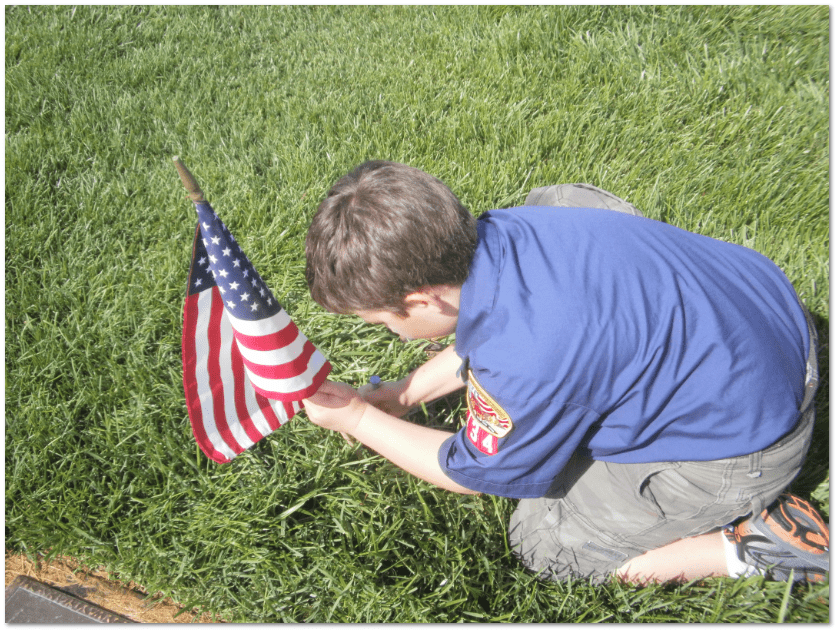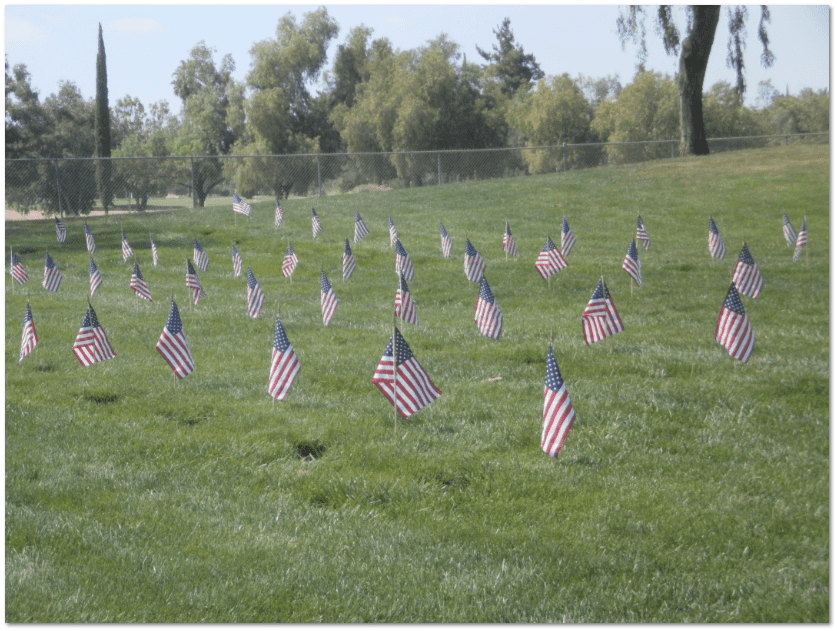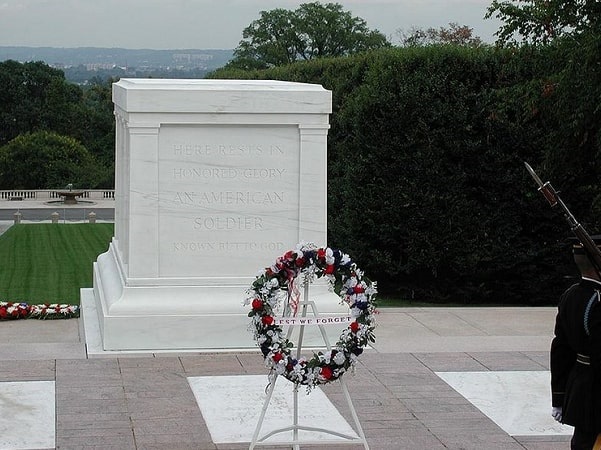Introduction: In this article, as we head into the Memorial Day weekend, Gena Philibert-Ortega writes about how her family honors the veterans buried at Riverside National Cemetery in Southern California. Gena is a genealogist and author of the book “From the Family Kitchen.”
On Monday, Americans will pause to remember those who have died while serving their country. Memorial Day, originally known as Decoration Day, was first officially celebrated on 30 May 1868 at Arlington National Cemetery. Up until the time of World War I, the day was meant to honor those who served in the Civil War. Succeeding wars have given Americans many more lives to honor.
Do you have plans this Memorial Day 2013? Whether it’s researching a military ancestor or taking part in a community remembrance, there are numerous ways to spend this Memorial Day holiday. For the last four years, Memorial Day has had a significant meaning for my family. For us, preparations for Memorial Day begin the first Saturday in May when my sons’ Boy Scout Troop starts fundraising. The donations they seek fund a project that has come to have great meaning for the Scouts: buying U.S. flags to adorn American veterans’ graves. These flags, each approximately two feet tall, are placed at the head of the gravestones at the Riverside National Cemetery in Southern California every Memorial Day. Each year the Scouts add to their collection of flags; this year they hope to increase the number of flags to 2,500.

The Saturday before Memorial Day, Boy Scouts and their families get together and place these flags, one by one, at the same space right above each gravestone. As they place each flag they pause to say the name of the veteran buried there and what war or battle they fought in. The Scoutmasters have instilled in the Scouts that this is a sacred duty, remembering those who served their country—the ceremonious tradition of paying respects to our fallen soldiers is not to be taken lightly. As each American flag is placed to mark the soldiers’ graves you can hear boys exclaim things like “wow, this person fought in World War I” or “he was in the Navy like my dad.” I’ve seen entire families take a few minutes to read the gravestone and reflect on the person buried beneath.

As a genealogist, this Boy Scout activity every year is one of my favorites. Generations ago, it wasn’t so uncommon for families to visit cemeteries, gather around the resting place of a family member, enjoy the park-like surroundings, and maybe even have a picnic. Today this is a rare occurrence and for most children, cemeteries are places that hold a morbid curiosity at best.
This Memorial Day project for my sons’ Boy Scout Troop helps them connect with cemeteries and the very real lives of the people who are buried there—which in turn leads to an interest in past lives and their own ancestors’ stories. I want families to see genealogy as an exciting pursuit—not one that is merely about gathering names, dates and places, but rather a pursuit that is active and centers on the stories of everyday lives.
Our Troop isn’t the only group at the Riverside National Cemetery on the Saturday before Memorial Day. Girl Scout groups, veterans, and church congregations are there as well, placing U.S. flags with a common goal: to honor all the veterans buried in those 900+ acres. With the Riverside National Cemetery being the most active in the National Cemetery system, it is an awesome task. Those fields of American flags will serve as a visual reminder of the lives buried there when Memorial Day activities commence Monday morning.
The Tuesday after Memorial Day, I will be at the cemetery with my kids pulling each flag out of the ground while we stop and read each name etched on the corresponding gravestone. Those flags will then be cleaned and placed into storage so that they can be used by the Troop again next year when we prepare for Memorial Day 2014.
